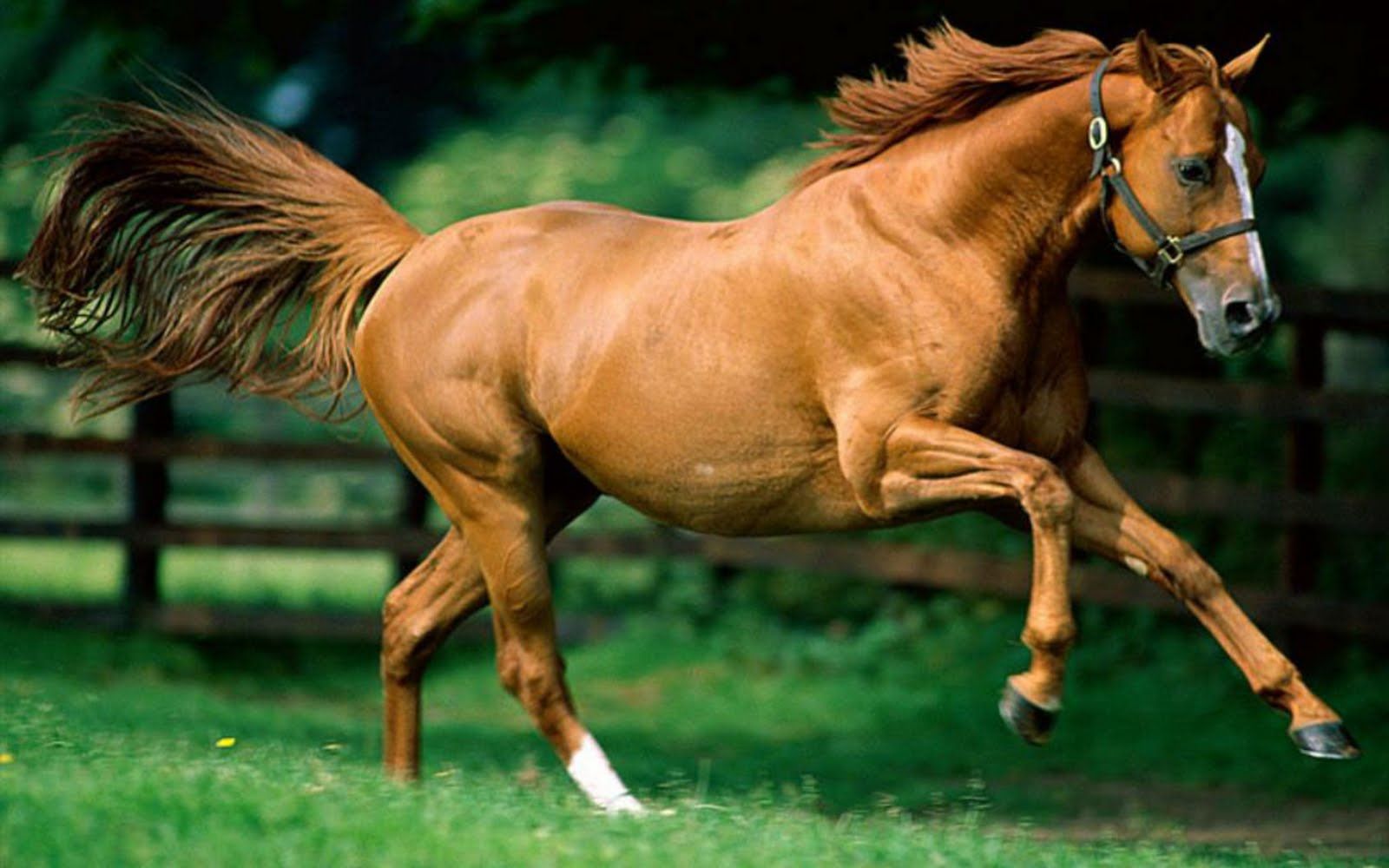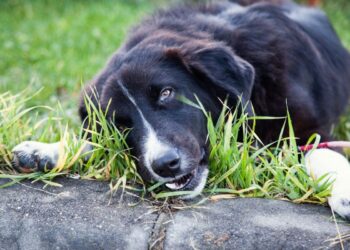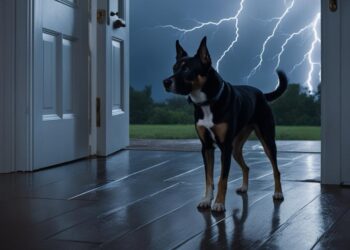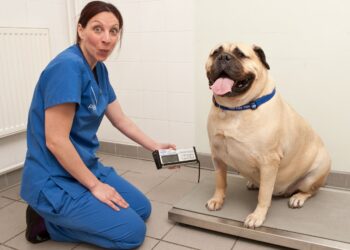Unlike most people, many horses don’t like the warm summer weather very much. Horses quickly become too hot and suffer from flies and other insects.
We, humans, tend to think that a horse feels good in circumstances that we experience as pleasant. However, a horse originates from much more northern parts of the world, so that a horse experiences heat as unpleasant. In winter one often sees that a horse really revives and experiences enormous pleasure in the snow.
It is sometimes said that an Arab (from the Middle East) can withstand the cold better than a Fjord (from Norway) against the heat. This again indicates that a horse tolerates the cold of winter better than the heat of summer. This is why stables, like Scotts barn stables and stables built by similar firms, often have plenty of ventilation to ensure the horses inside stay cool. Horses can get so hot, in fact, that some stables are even fitted with aircon!
There are several little things that we can offer the horse to get through the summer in a more pleasant way, here are some tips: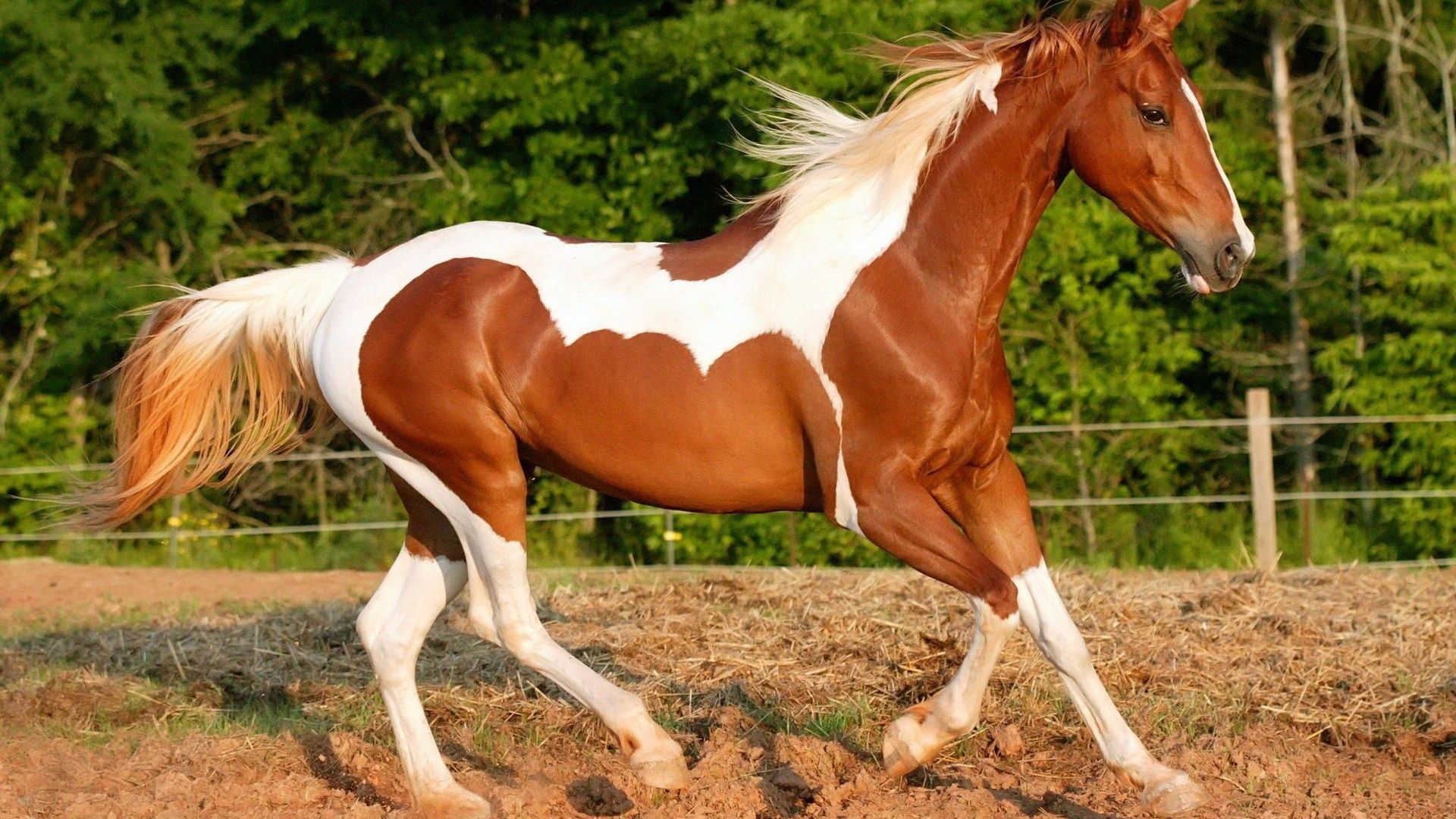
Sunscreen
Pink-nosed horses can burn just as easily as fair-skinned people. You can save them from burning by applying sunscreen to the pink areas of the skin. Do this half an hour before you put the horse outside. Apply new sunscreen regularly on the nose, because grazing will quickly rub off the applied sunscreen.
Reading Suggestion: 500 Horse and Racehorse Names
On the Meadow
- A horse should of course never stand alone, but in the summer it is extra important that a horse is in the meadow with a buddy. You will see the horses stand head to tail and keep the flies away from each other.
- Make sure that a horse always has a place to hide from the sun and heat. Provide a shaded spot in the meadow or for a shelter.
- Sand gets very hot when the sun is on it. If the horse is outside 24/7, put him on the grass during the hottest part of the day and only when the weather has cooled down again on the sand.
- If for some reason the horse can’t be outside 24 hours a day, choose to put the horse in the stable during the day and on the pasture at night.
- Put a horse that is bothered by insects inside during sunrise and sunset. Insects are most active at these times.
- Make sure that the horse always has access to clean water. A horse drinks about 25 liters a day (more so on a hot day). Check the water regularly for dead animals.
- Remove the manure from the meadows regularly, this prevents too many flies from being attracted.
Cooling
- Periodically rinse the horse’s legs with cold water. This spraying has a cooling effect and prevents swollen legs.
- Drive early in the morning or late at night to minimize the heat and insects.
Insects
- Brush the horse regularly to prevent itching. Also, check that a horse has no ticks during brushing. Because even a horse can get Lyme disease! Also, keep an eye out for other insect bites that require treatment.
- A fly rug not only helps against flies and other stinging insects, but it also ensures that the coat of a dark horse does not fade in the sun.
Natural Repellents
By nature, the horse mainly uses its tail to chase away the insects on its body. He swings his tail back and forth to chase the annoying critters away for a while. Horses that are bothered by flies can also bite and stamp at the insects.
Flies like the spots around the horse’s eyes the most. The fluid produced in the eye contains protein, a nutrient for insects. If more flies get around the eyes, the eye may become inflamed, producing even more fluid, which is exactly what the flies like.
When horses are together in the meadow, they often stand with their head on the tail of another. If one of the horses then waves its tail, the other horse is also immediately freed from the flies around the head.
Fly Spray
In the spring and summer months, all kinds of fly-repellent sprays and ointments pop up in equestrian shops. Most of these products are based on limonene or citronella, a smell that insects don’t like at all. By spraying the fly spray on the horse’s skin.
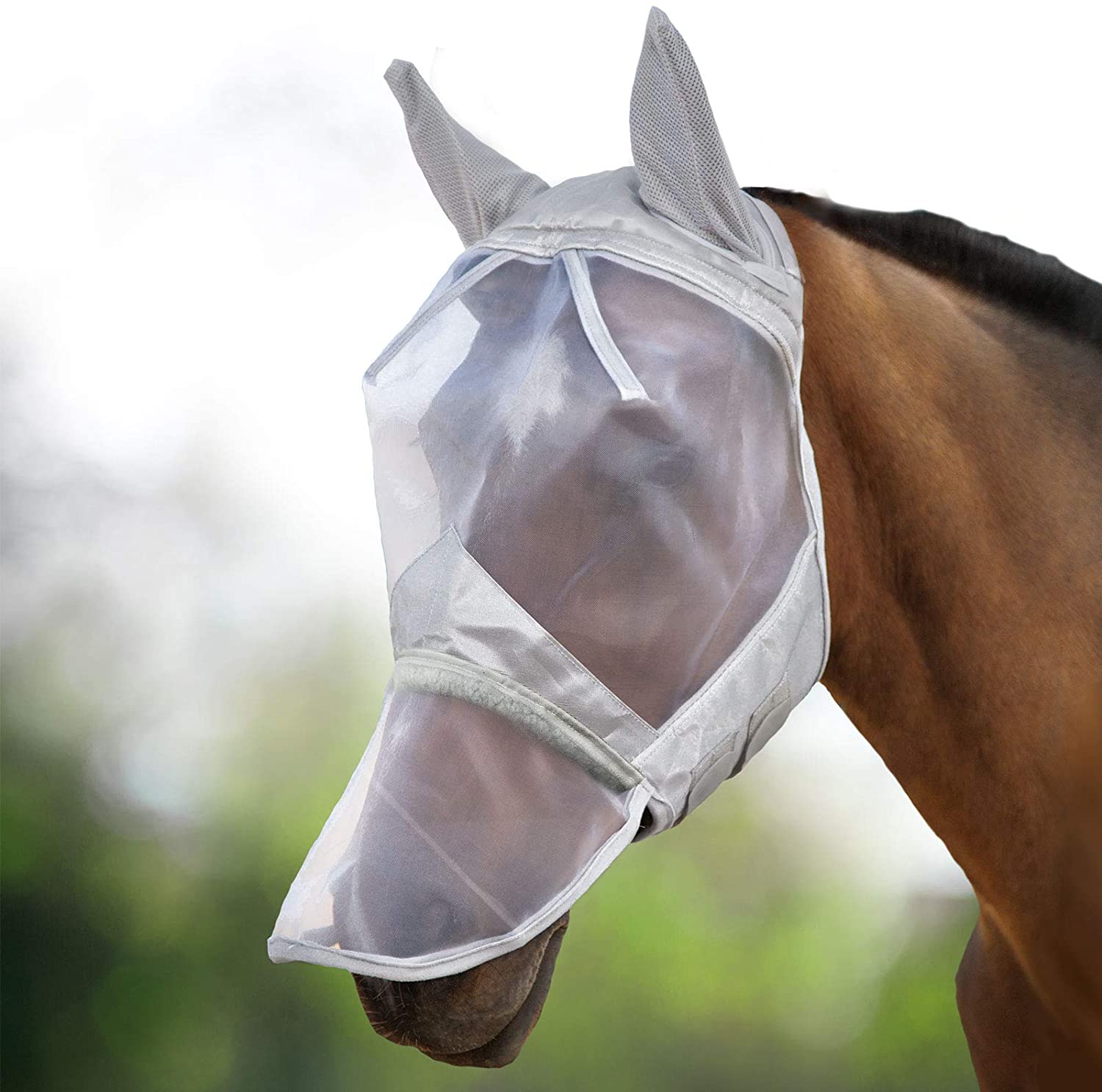
He will be less bothered by those annoying insects for a few hours. Special small packages and even roll-on sticks have been made for riders who often ride outside so that the horse can be re-injected during the walk and can continue his walk calmly.
Fly Mask
To protect the eyes of the horse you can buy a fly mask in the equestrian shop. This is a fine-mesh mask that can be pulled over the horse’s head. The flies and insects can no longer sit around the eyes. Another option is to attach fly fringes to the halter. These are colored ribbons that are hung on the halter like a browband and thus keep the insects away from the eyes.
Fly Blanket
Horses that are sensitive to stinging insects can benefit from a fly rug. A fly blanket is a thin blanket in a fine-mesh structure that protects the entire horse’s body. Fly blankets exist in different variants, possibly with a neckpiece, a belly flop, and a fly mask. Most fly blankets are not only suitable for keeping insects at a distance but are also UV resistant.


